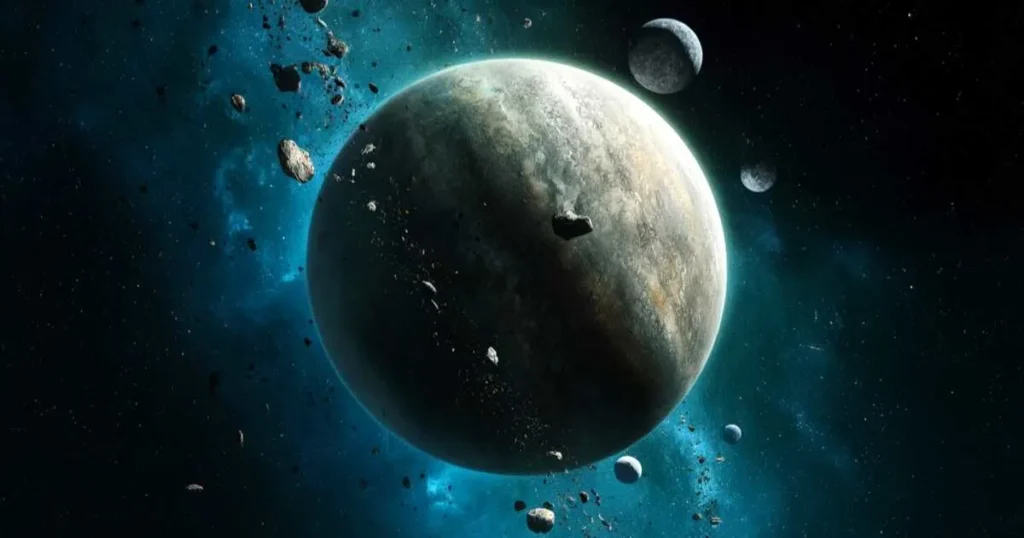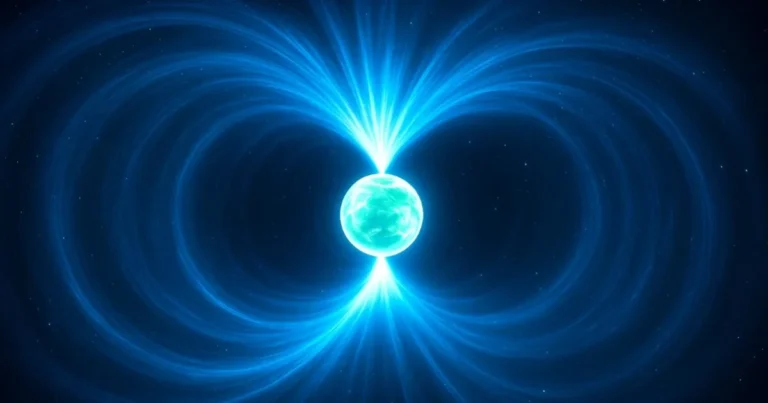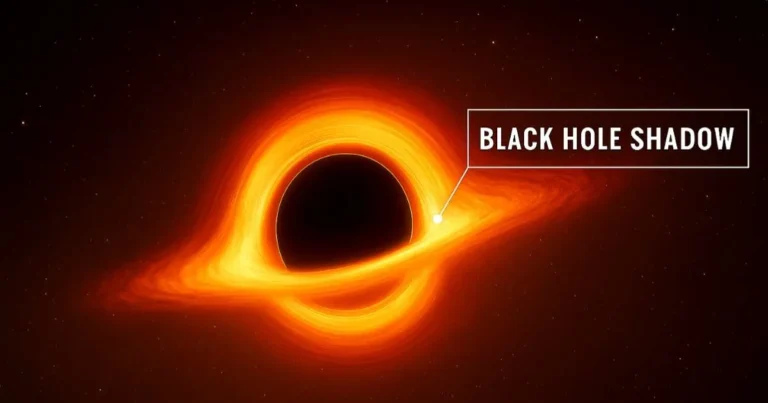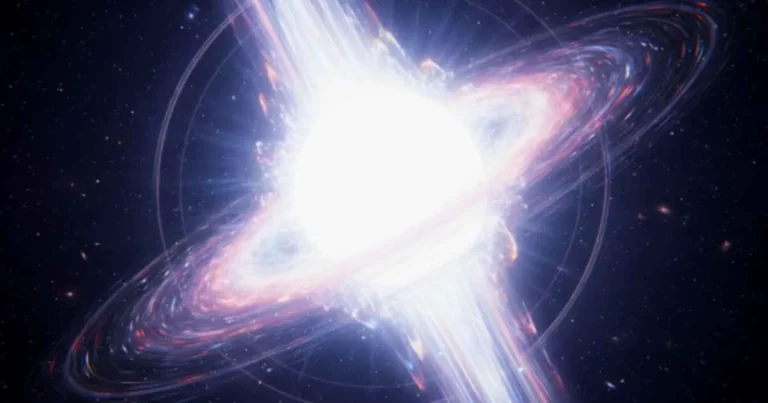Rogue Planets: The Universe’s Enigmatic Dark Wanderers

Tags:
- Rogue Planets
- Stellar Illusion
Ever picture a planet wandering solo across the galaxy—no star, no sun, no light but its own weak warmth? That’s a rogue planet: a planet unattached to any star, wandering in the interstellar medium. Just the idea can tease the imagination. Come with us today on a tour of imagination, imagining the discovery protocols, speculation, and flight-of-fancy ideas about these space wanderers. You’ll come to see them not only as curiosities, but as profound insights into planetary system formation and evolution—and even the potential for life in the dark.
Where Do Rogue Planets Come From? The Leading Theories
Ejected from Stellar Nurseries
Picture a crowded stellar nursery: gas clouds, swirling dust, forming stars surrounded by accretion disks where planets coalesce. Now imagine gravitational perturbations—a passing sibling star, or turbulence in the disk—hurling newly formed worlds into interstellar space. These ejected planets may have once orbited a star before being flung out.
Formed in Isolation: Planetary Mass Objects
Alternatively, some objects may form like stars—bottom heavy clouds collapsing under gravity—yet never ignite thermonuclear fusion. These isolated planetary mass objects share mass with planets, not stars, born outside any traditional planetary disk.
Theories at a Glance
What are the main planet formation theories behind rogue planets?
- Ejection from stellar systems due to gravitational interactions in young systems.
- Direct cloud collapse resulting in isolated planetary-mass objects.
- Tidal stripping in dense star clusters.
The Science of Rogue Planet Detection
How do you spot a shadow in the dark?
Since these planets emit almost no visible light, astronomers rely heavily on gravitational microlensing to detect them. Imagine a rogue planet drifts in front of a distant star. Its gravity acts like a lens, briefly amplifying the background star’s light. That slight brightening, captured through precise spectral analysis, is the imprint left by the planet.
Why microlensing works
- Sensitive even to Earth mass objects.
- Doesn’t depend on light from the planet itself.
- Allows detection of isolated worlds anywhere in the Milky Way.
Of course, exoplanet detection challenges abound: the microlensing event is rare and brief, making follow-up difficult. It often remains one-off data. But teams like those using the Nancy Grace Roman Space Telescope and James Webb Space Telescope are refining this technique for better resolution and repeatability.
Estimating the Number of Rogue Planets
Estimates are uncertain. The latest simulations suggest there could be one—or even two—rogue planets roaming the galaxy for every star. That is billions of rogue planets—if not trillions—grand wanderers in the cosmic web.
Myth vs. Reality
Myth: Rogue planets are extremely rare.
Reality: They could be as numerous as—or even outnumber—stars.
Myth: They’re icy, dead objects.
Reality: Some may retain internal heat through radiogenic decay.
Myth: Impossible to detect.
Reality: Microlensing and infrared surveys make detection feasible.
The Astonishing Possibility of Life on a Rogue Planet
Could life flourish on a world adrift? Science doesn’t dismiss the possibility outright.
- Some rogue planets might possess thick atmospheres that trap internal heat—radiogenic or residual—to maintain subsurface oceans under icy crusts.
- Imagine geothermal vents on an isolated world—perhaps a primordial soup nurtured by internal warmth alone. Without a sun’s light, life would have to adapt in darkness, lighting up only through chemical processes.
While speculative, it’s grounded speculation—not starry-eyed fantasy. And it makes us rethink what conditions life might require.
See Binary Black Hole Habitable Zones: A New Frontier for Life? for deeper exploration of unconventional habitats.
The Ongoing Hunt: New Frontiers in Rogue Planet Discovery
James Webb Space Telescope rogue planet observations
JWST is pushing infrared boundaries. Its sensitivity to faint heat signatures means it’s capable of detecting isolated worlds that emit softly in infrared wavelengths—a potential goldmine for free-floating planet discovery.
Nancy Grace Roman Space Telescope prospects
Roman’s wide-field microlensing survey will scan galactic bulge regions over long durations—detected events could include both bound and unbound planets, improving statistical certainty.
Ground Based Surveys and Gaia
The European Space Agency’s Gaia mission improves proper motion measurements, aiding identification of fast-moving objects inconsistent with stellar trajectories—possible candidate rogue planets.
Why Rogue Planets Matter
- They reshape planet formation theories—indicating turbulence and various outcomes in stellar nurseries.
- They test the boundaries of life in the universe, expanding our search for habitability beyond solar-like systems.
- They provide cosmic probes—their microlensing events teach us about distant stars, dark matter, and galactic structure.
Rogue Planets: Wanderers of Infinite Possibility
Rogue planets—silent wanderers in the cosmic expanse—remind us that not everything meaningful glows. Some mysteries travel through darkness, revealing themselves only through subtle gravitational whispers. They challenge our assumptions about planetary systems and broaden the canvas of potential life-bearing worlds. We’ve come a long way—from the first microlensing hints to JWST’s infrared promise—but the universe still holds more such wandering enigmas. And maybe it’s among them that the next paradigm shifting discovery lies.
Imagine looking into the night sky and knowing that between the stars roam untold worlds, vast and silent, waiting to reveal their secrets.
Rogue Planets: Your Top Questions Answered
1. What exactly is a rogue planet?
A rogue planet (or free floating planet) is a planetary mass object not gravitationally bound to any star. These planets drift through space alone, detectable mainly by gravitational microlensing or faint infrared emission.
2. How do scientists detect rogue planets?
Primarily through gravitational microlensing—when a foreground planet briefly magnifies the light of a background star. Infrared telescopes like JWST may detect their residual heat signature.
3. Could life exist on a planet without a star?
While no evidence yet exists, it’s possible in theory: if a rogue planet retains internal heat and perhaps a subsurface ocean, chemosynthetic ecosystems (like those near Earth’s deep ocean vents) could survive.
4. How many rogue planets are estimated to exist in the Milky Way?
Model estimates suggest potentially as many rogue planets as stars—so possibly billions. The true count remains uncertain and depends on formation and ejection rates in stellar nurseries.
5. What role do telescopes like James Webb and Nancy Grace Roman play?
JWST enhances detection of faint infrared emissions. The Roman Space Telescope will perform long duration microlensing surveys across dense galactic regions—both set to revolutionize our understanding.
6. Are all rogue planets truly isolated?
Some may still orbit faint stellar remnants like brown dwarfs, but the majority seem to drift truly alone. Others may be misidentified if they’re far from their parent star but still gravitationally bound.
7. What are the leading theories on rogue planet formation?
The main theories include ejection from a planetary system, in situ formation via cloud collapse, and tidal stripping during close encounters in dense cluster environments.
Comments
Please log in to leave a comment.
Related Posts

Magnetar: The Universe’s Most Extreme Magnetic Monster
Magnetars are ultra-magnetic neutron stars, cosmic beasts that emit bursts of radiation so powerful they can shake entire galaxies. Learn how they form, what makes them unique, and why their mystery continues to fascinate astronomers.

What Is a Black Hole Shadow? The Ultimate Glimpse into the Abyss
If you could stare into the heart of a galaxy, past the light, past the stars, and into pure darkness, what would you actually see? When astronomers talk about the black hole shadow, they’re referring to one of the most mind-bending sights in the universe, the silhouette of the unseeable, the faint outline of where […]

White Holes: The Universe’s Reverse Gear
If we were to rank the theories that have changed human history forever, the General Theory of Relativity would be at the top. The results it reveals are beyond human understanding. They show that the cosmos is filled with perplexing phenomena, some of which are purely hypothetical yet mathematically elegant. One such phenomenon is the […]